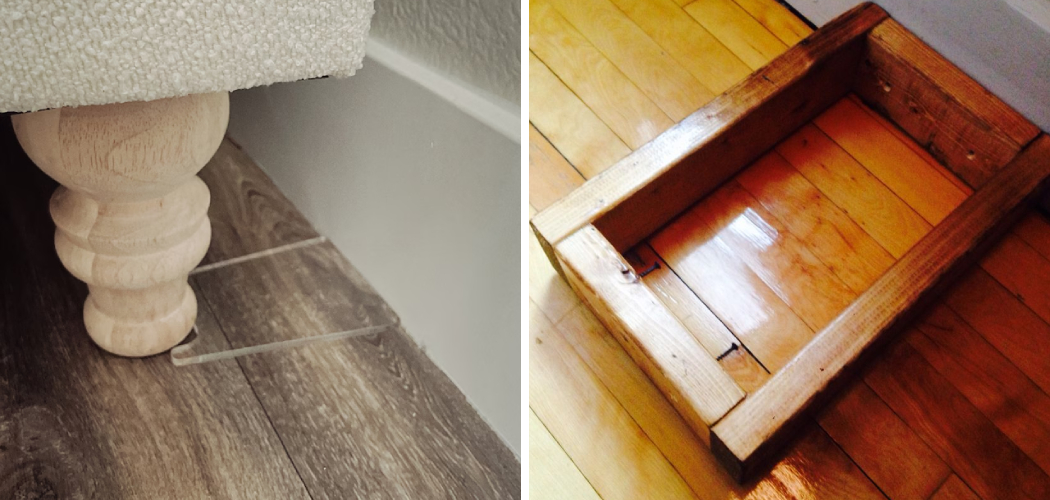Couches hitting walls can cause damage to both the furniture and the walls, and it can be frustrating to constantly readjust. This common issue often leads to unsightly marks, scratches, or even more severe structural damage over time. Beyond the visible damage, a couch that frequently knocks against the wall can also disrupt the harmony and organization of your living space. Fortunately, there are several simple and effective strategies available to help address this problem. By implementing these strategies, you can preserve the integrity of your furniture and walls, ensuring your living space remains both aesthetically pleasing and functional.
This guide provides practical solutions for keeping couches from hitting walls. From repositioning furniture to using protective barriers, the following techniques are designed to help you create a comfortable and damage-free environment. Whether you have a small apartment or a spacious living room, these tips can be tailored to suit your specific needs. By taking proactive steps, you can eliminate the hassle of constantly readjusting your couch and protect your home from unnecessary wear and tear.
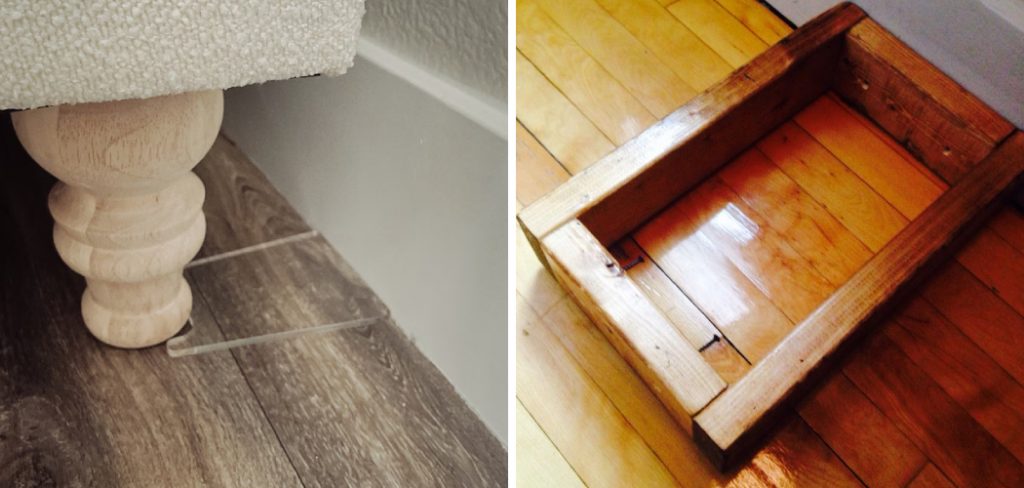
Implementing these strategies will not only save you from the frustration of frequent repairs but also extend the lifespan of your furniture and walls. As you read through this guide, you’ll discover easy-to-follow methods for addressing the issue of how to keep couch from hitting wall. Embracing these solutions will lead to a more organized and visually appealing living area, enhancing your overall home experience.
Rearranging Furniture
Consider the Layout
Evaluating the current arrangement of your furniture is the first step towards preventing your couch from hitting the wall. Begin by thoroughly examining your living space to identify any potential obstacles or tight areas that might cause the couch to contact the wall frequently. This assessment will help you understand where adjustments can be made to alleviate the issue.
Create Space
To create more clearance between your couch and the wall, simply moving the couch slightly away from the wall can make a significant difference. This small adjustment not only prevents direct contact but also provides an illusion of a more spacious room. Proper spacing is essential to avoid repeated collisions and the subsequent damage they cause.
Angle the Couch
Another effective strategy is to angle the couch diagonally within the room. This arrangement can maximize the available space while minimizing the likelihood of the couch hitting the wall. By positioning the couch at an angle, you can create a more dynamic and welcoming layout that enhances the flow of your living area and reduces the risk of damage.
Use Furniture Pads
Finally, consider placing furniture pads or sliders under the legs of your couch. These pads reduce friction, making it easier to move the couch without scratching the floor. This added mobility allows you to make minor adjustments as needed, ensuring that the couch remains a safe distance from the wall while maintaining the integrity of both the furniture and flooring.
How to Keep Couch from Hitting Wall: Wall Protection
1. Install Bumpers
Installing soft bumpers or cushions behind the couch is one of the most effective ways to protect your walls from damage. These bumpers absorb the impact when the couch is moved or leaned against the wall, preventing any scratches, dents, or marks. Bumpers come in various sizes and materials, making it easy to find an option that matches your home’s decor while safeguarding your walls.
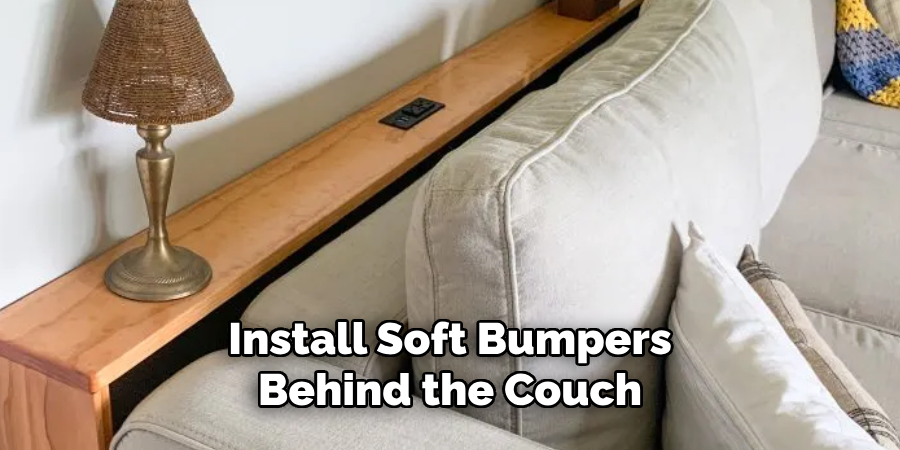
2. Hang Artwork
Another creative approach to wall protection is to hang artwork or decorative pieces on the wall behind the couch. This strategy adds a personal touch to your living space and acts as a visual barrier that discourages the couch from coming into contact with the wall. Opt for sturdy frames and consider the placement carefully to ensure that the artwork serves its dual purpose of beautifying and protecting your wall.
3. Use Removable Guards
Using removable guards or barriers on the wall can be highly effective for those looking for a temporary solution. Items like foam padding or cardboard can be attached to the wall where the couch is most likely to hit. These guards provide cushioning and protection while being easy to install or remove as needed. This flexibility is particularly useful for renters or anyone hesitant to make permanent alterations to their home.
Behavioral Adjustments
Be Mindful of Movement
Encouraging household members to be mindful of the space around the couch is a crucial step in preventing it from hitting the wall. Remind everyone to avoid pushing the couch too close to the wall, whether they are cleaning, readjusting, or simply moving around the room. A conscious effort to maintain a safe distance can significantly reduce the risk of damage to both the furniture and the wall.
Teach Children
Another key strategy is to educate children about the importance of being gentle with furniture. Teach them to avoid rough play around the couch that could lead to it being knocked against the wall. Explain to them how such actions can cause avoidable damage and encourage them to treat the furniture and living space with care. Instilling these values will not only help protect your home but also teach children responsibility and respect for their surroundings.
Use Furniture Grippers
Placing non-slip furniture grippers or rubber feet under the couch’s legs can be an effective way to prevent unintended movement. These grippers reduce the chance of the couch sliding, even when weight is applied differently, keeping it in its designated spot. This added stability helps maintain the set distance between the couch and the wall, ensuring that your protective measures are upheld and that the couch doesn’t easily shift during daily use.
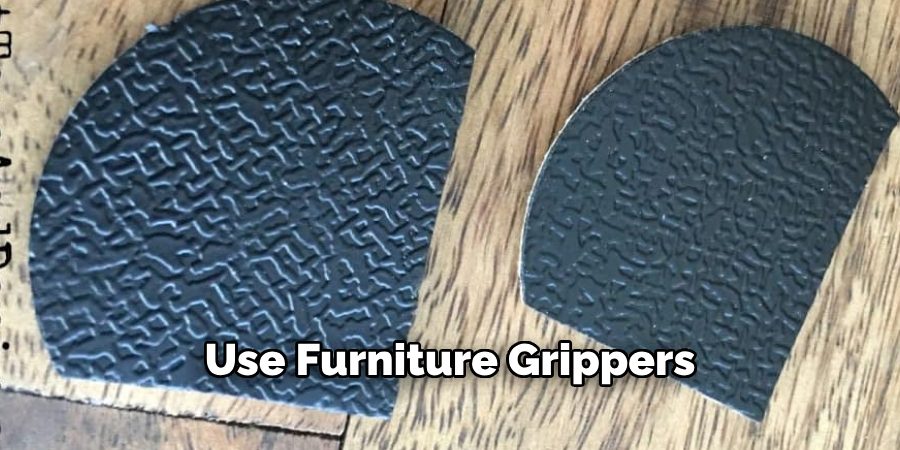
Frequently Asked Questions (FAQs)
How Can I Tell if My Couch Is Damaging the Wall?
You can usually tell if your couch is damaging the wall by inspecting the area where it comes into contact with it. Look for signs such as scratches, dents, or paint marks on the wall. Additionally, check for any fabric snags or damage on the back of the couch that may indicate repeated impact.
What Are the Best Materials for Wall Bumpers?
Foam, rubber, and felt are the best materials for wall bumpers. These materials are soft enough to absorb impact but durable enough to provide long-lasting protection. Foam bumpers, for example, are often easy to install and can be customized to fit the space behind your couch.
Can I Still Use Removable Wall Guards if I Have Wallpaper?
Yes, removable wall guards can still be used if you have wallpaper. Choose guards with an adhesive that is designed to be gentle on surfaces and can be removed without damaging the wallpaper. It’s advisable to test a small, inconspicuous area first to ensure there is no adverse reaction.
What Type of Furniture Pads Are Best for Hardwood Floors?
Felt furniture pads are highly recommended for hardwood floors. Felt pads provide a smooth, soft surface that prevents scratches and scuffs when moving your couch. They also reduce friction, making it easier to reposition your couch without damaging the flooring.

Is Angling the Couch a Practical Solution for Smaller Rooms?
Angling the couch can still be effective in smaller rooms, as it often makes the space feel more dynamic and can create better flow. However, it’s important to carefully measure your space to ensure that the angled arrangement leaves enough room for foot traffic and other furniture.
Can Artwork Really Protect My Walls?
Yes, hanging artwork can serve as both a decorative and protective measure. While artwork itself won’t stop the couch from moving, it acts as a visual cue that reminds household members to keep the couch at a safe distance. Sturdy frames can provide an additional buffer if they come into contact with the back of the couch.
Are There Long-Term Solutions for Preventing Couch Movement?
Long-term solutions include permanently attaching non-slip grippers, using heavier furniture pads, and regularly reminding household members about the importance of maintaining the set distance between the couch and the wall. For some, physically attaching the couch to the floor or wall using brackets may also be an option, though this involves a more permanent alteration.
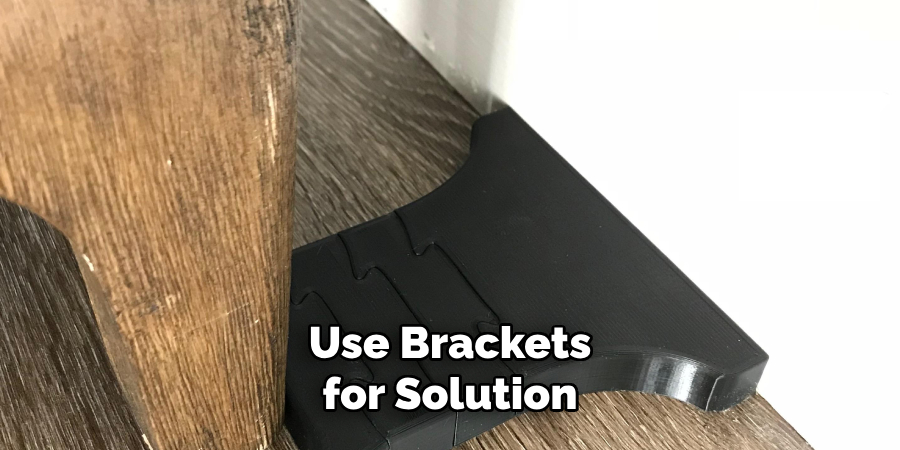
Conclusion
In summary, a combination of effective strategies can ensure that your couch does not hit the wall. Begin by rearranging your furniture to create space and avoid tight spots, angling the couch for optimal space utilization, and using furniture pads for easy mobility. Wall protection measures such as installing bumpers, hanging artwork as a visual barrier, and using removable guards provide a physical shield against potential damage. Additionally, behavioral adjustments, like being mindful of movement, educating children on gentle handling, and using furniture grippers to prevent sliding, all contribute to maintaining a safe distance between the couch and the wall.
The importance of these solutions cannot be overstated. By implementing these simple yet effective methods, you can maintain a comfortable, organized, and aesthetically pleasing living space. A proactive approach to keeping your couch from hitting the wall not only preserves the integrity of your furniture but also prevents unnecessary wear and tear on your home. A well-arranged space enhances your overall living experience, allowing you to enjoy a damage-free environment.
With just a few adjustments and mindful practices, you can successfully address the issue of how to keep couch from hitting wall. Taking these steps ensures the longevity of both your furniture and walls, significantly reducing the hassle and cost of repairs. Embrace these strategies to protect your home and create a more inviting and harmonious living area.
